There’s a kind of magic in stumbling across a patch of milk thistle on a sunbaked hillside—spiny, silver-green leaves veined in white, crowned by a defiant purple bloom. My first encounter was almost accidental: I brushed against a thistle while following a deer trail in early spring, the plant’s prickly armor giving me pause. But the more I learned, the more I saw milk thistle not just as a wild survivor, but as an ally for both forager and gardener alike.
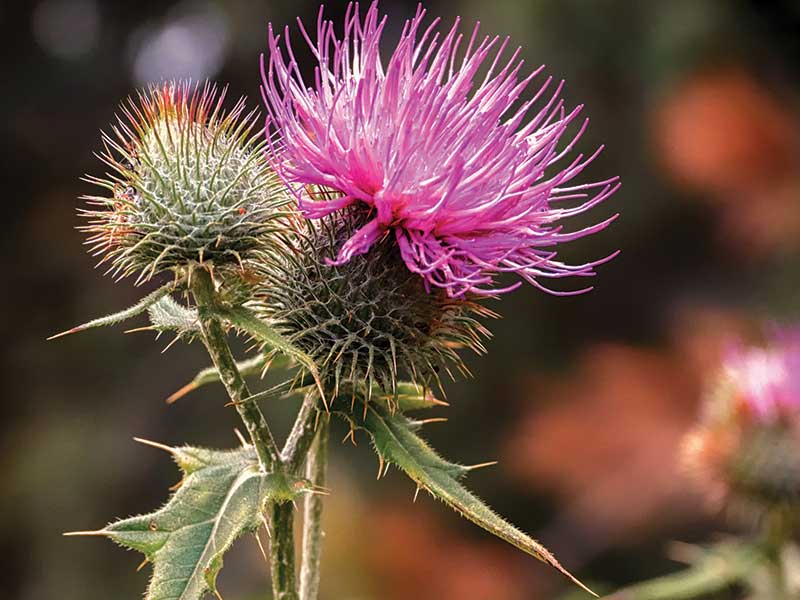
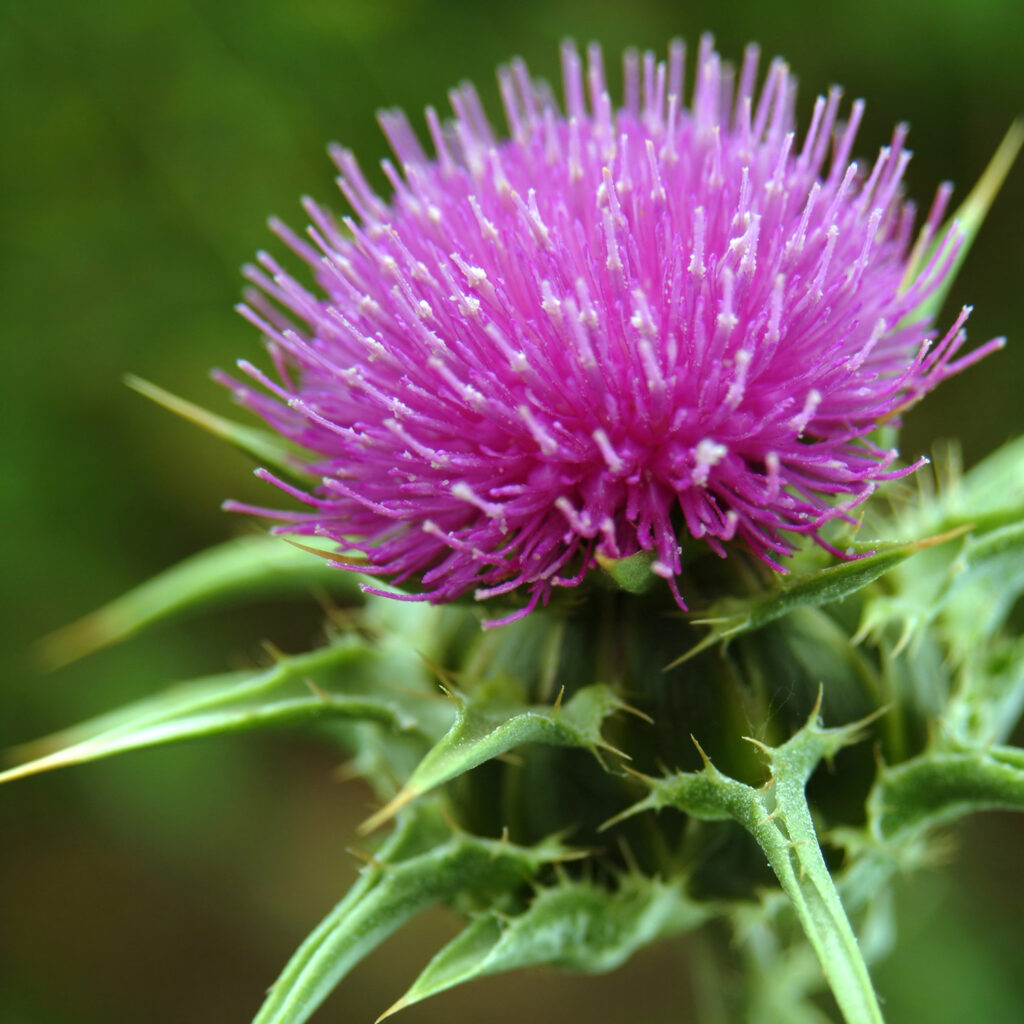
A Wanderer’s Discovery (and a Scientist’s Secret)
Milk thistle (Silybum marianum) doesn’t hide in lush meadows. It thrives where others falter—dry Mediterranean slopes, abandoned lots, even roadside edges from California to Australia. In fact, wherever the climate mimics the dry, rocky hills of the Mediterranean, you’ll find these prickly guardians. Gardeners who know its worth have welcomed it into backyard beds, despite its wild reputation.
And while herbalists have long praised milk thistle as a liver protector, modern science finally caught up. Researchers isolated silymarin—a potent complex of flavonolignans concentrated in the seeds—which helps shield liver cells from toxins, supports cell renewal, and even offers hope for patients facing hepatitis or chemotherapy. There’s a certain satisfaction in knowing that the stories passed down by old wanderers and grandmothers now have a place in medical journals.
Growing Milk Thistle: Bringing the Wild Home
If you’re the sort who loves a challenge, try growing milk thistle in your own patch of earth. Start seeds in early spring; just press them lightly into bare, well-drained soil and keep them moist until they sprout. These plants don’t mind a bit of neglect—in fact, poor soil and full sun are what they crave. Milk thistle can rocket up to six feet in a season, so give it room to stretch. Harvest leaves young (before the spines grow fierce) for salads or teas, and collect seeds from the drying flower heads late in summer. Gloves are a must unless you want a true “thistle experience”!
Propagation is easiest by seed—simply scatter them where you want thistle to grow, either in prepared beds or on the margins of your garden. Just be aware: left unchecked, milk thistle self-seeds generously and can become a wild companion in its own right. In fact, its hardiness is why it’s found naturalized everywhere from European ruins to American highways.
In the Field and at the Fireside
Wandering through unfamiliar wilds, I sometimes find comfort in recognizing the jagged silhouette of milk thistle among the weeds. Its presence is a reminder that medicine is everywhere if you know where to look. And whether you’re brewing a handful of seeds into tea after a late night, or tending a patch of thistles behind your house, this plant offers a bridge between tradition and science, wildness and home.
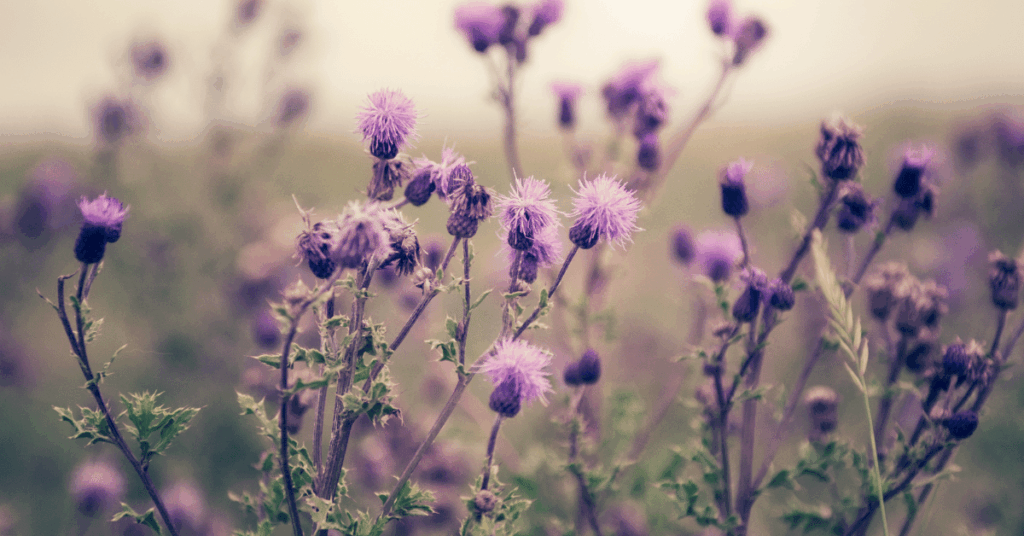
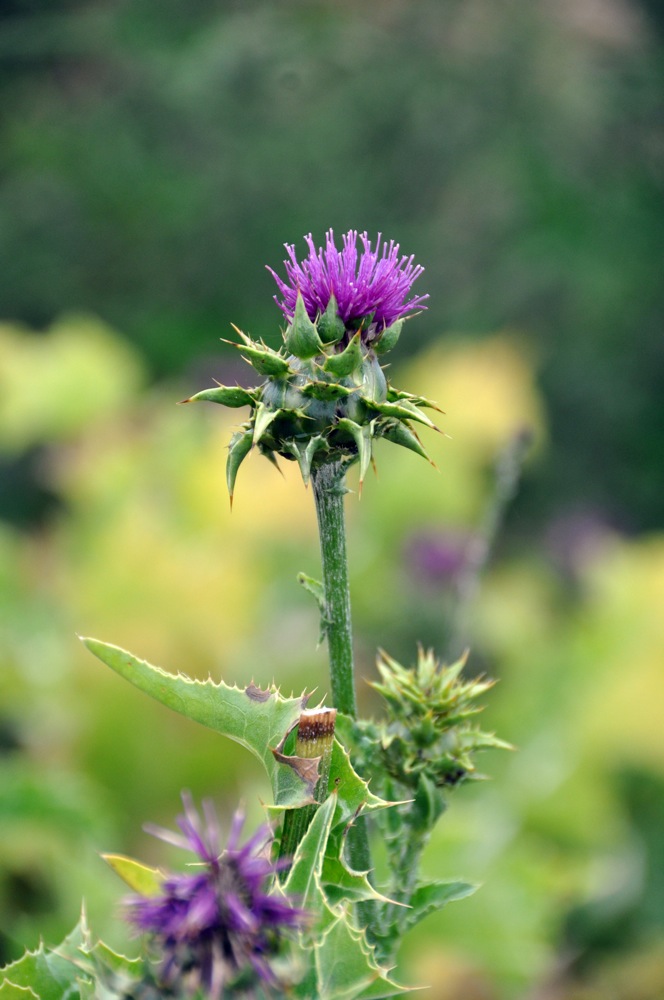
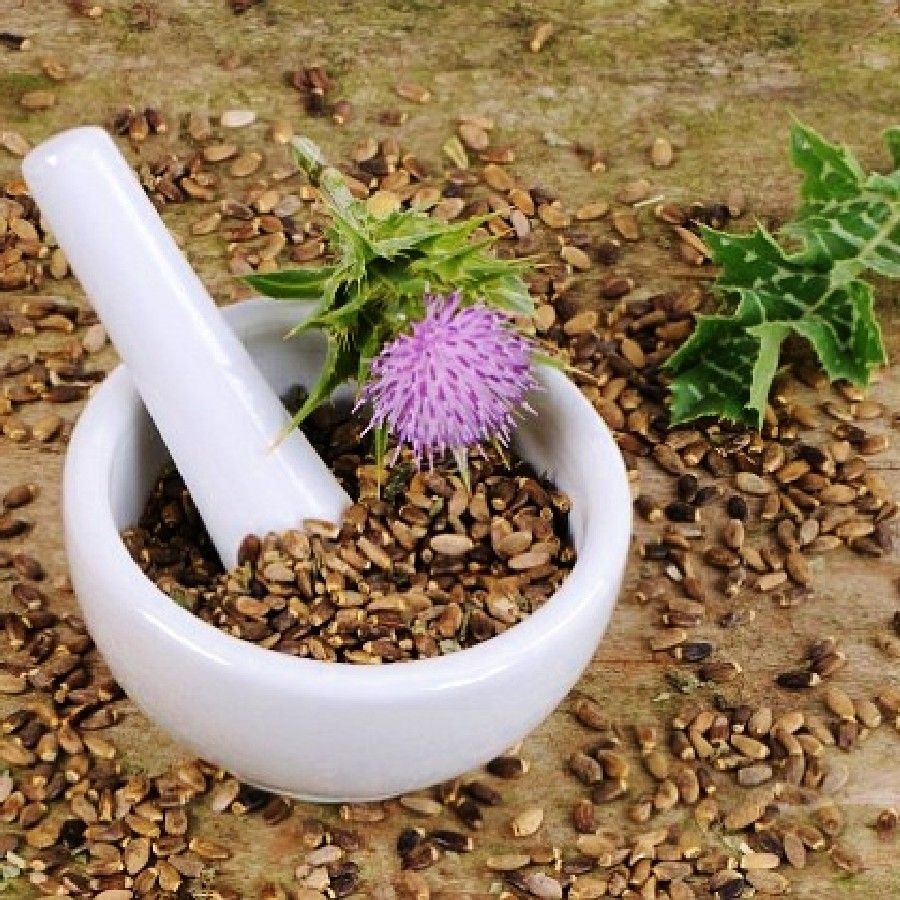
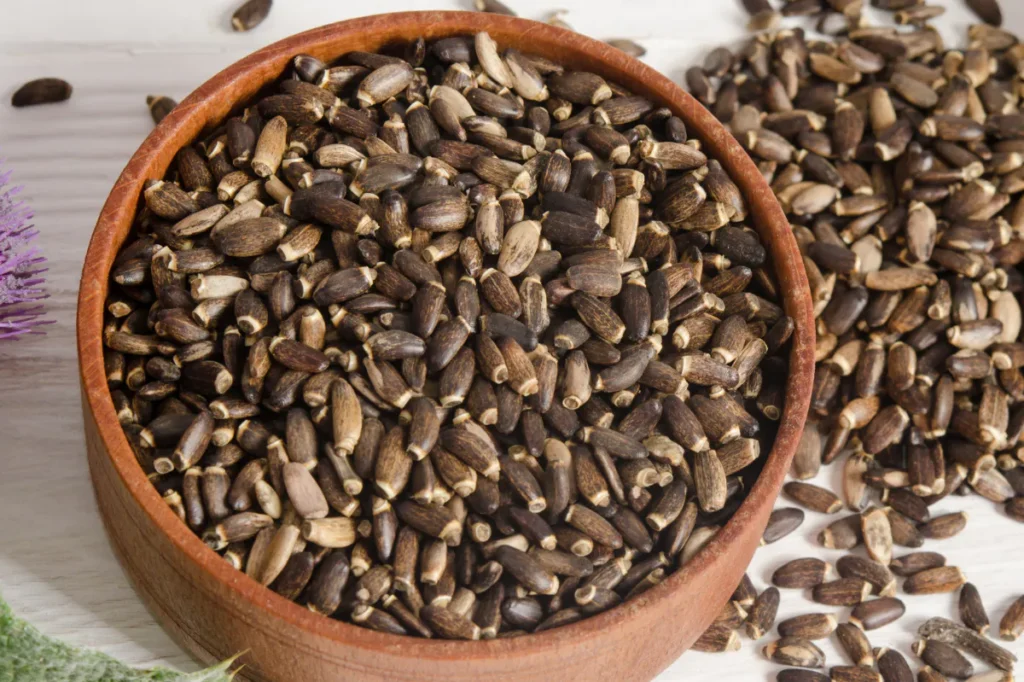
Milk Thistle Fact Sheet
- Botanical Name: Silybum marianum (Milk Thistle, Mary Thistle)
- Active Compound: Silymarin (1–4% in seeds), a powerful liver-protective antioxidant
- Parts Used: Seeds (main medicinal use), young leaves, flower heads
- Traditional Uses: Liver detox, recovery from toxins or alcohol, supporting milk production, mood support
- Modern Science: Silymarin helps protect liver cells, promote regeneration, and is studied for use in hepatitis, cirrhosis, and chemotherapy support
- How to Grow:
- Start from seed in spring, press into well-drained soil, full sun
- Thrives in poor, dry soils
- Self-seeds easily—may become naturalized
- Harvest seeds in late summer; young leaves can be used earlier
- Start from seed in spring, press into well-drained soil, full sun
- Where It Grows Wild:
- Native to Mediterranean regions
- Naturalized in North America, South America, Australia, and throughout Europe—often found on roadsides, fields, and disturbed ground
- Native to Mediterranean regions
- Cautions:
- Wear gloves when harvesting; spines can be sharp
- Can become invasive if left unmanaged
- Wear gloves when harvesting; spines can be sharp
***Always check with your healthcare provider before starting new herbal supplements, especially if you have health conditions or take medications.***

Leave a Reply